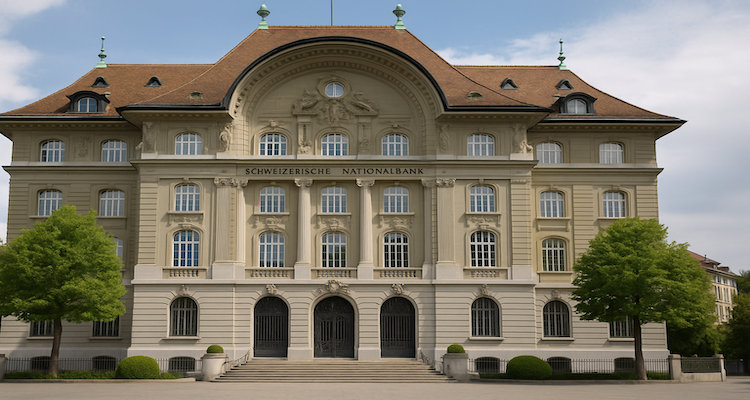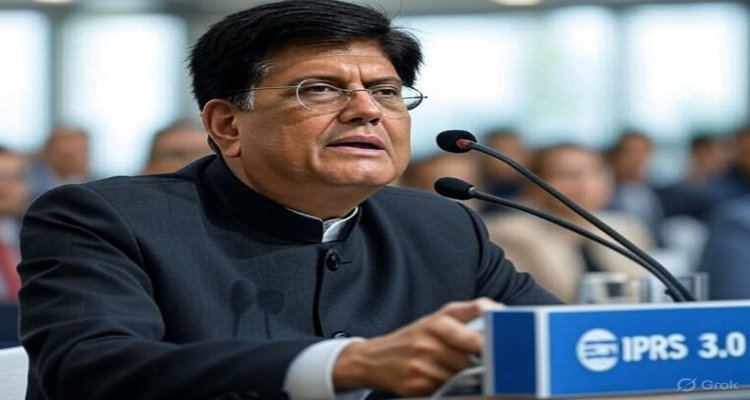Piyush Goyal, IPRS 3.0, Industrial Park Rating System, DPIIT, Asian Development Bank
Union Minister Piyush Goyal launches IPRS 3.0 in New Delhi, introducing new benchmarks to enhance India’s industrial parks, infrastructure, and global competitiveness.
Introduction: A New Era for India’s Industrial Ecosystem
On September 20, Union Minister of Commerce and Industry Piyush Goyal unveiled the Industrial Park Rating System (IPRS) 3.0 in New Delhi. The initiative marks a significant leap in India’s ongoing efforts to transform its industrial landscape, strengthen competitiveness, and attract global investments. With its expanded framework and sustainability-focused parameters, IPRS 3.0 aims to provide transparency, foster competition, and propel India’s journey toward becoming a world-class manufacturing and industrial hub.
Context & Background: From Pilot to 3.0
The Department for Promotion of Industry and Internal Trade (DPIIT) launched the Industrial Park Rating System (IPRS) as a pilot in 2018, introducing a systematic framework for evaluating industrial parks. Building on its success, IPRS 2.0 was rolled out in October 2021, expanding the parameters for assessment and benchmarking.
Now, with support from the Asian Development Bank (ADB), the launch of IPRS 3.0 represents the most comprehensive iteration yet. This third edition incorporates broader metrics to capture the evolving needs of global investors, tenants, and policymakers.
Main Developments: What IPRS 3.0 Brings to the Table
The IPRS 3.0 framework goes beyond conventional benchmarks of infrastructure and utilities. It introduces new parameters, including:
- Sustainability and Green Infrastructure: Encouraging eco-friendly practices and energy-efficient operations.
- Logistics Connectivity: Evaluating access to ports, highways, rail networks, and supply chains.
- Digitalisation: Measuring technology adoption and smart infrastructure readiness.
- Skill Linkages: Highlighting workforce readiness and industry-academia collaboration.
- Tenant Feedback: Giving a stronger voice to industries operating within these parks.
Industrial parks will be categorised into three groups:
- Leaders: Parks excelling across all benchmarks.
- Challengers: Parks showing strong potential with room for improvement.
- Aspirers: Parks working toward foundational improvements.
This transparent categorisation is designed to help investors make informed choices, while motivating state governments and industrial bodies to upgrade infrastructure and services.
Expert Insight: Why This Matters
Industry experts view IPRS 3.0 as a game-changer. According to a Delhi-based policy analyst, “By integrating sustainability and digitalisation, India is aligning its industrial infrastructure with global best practices. This will make the country more attractive for long-term, high-value investments.”
Economists also highlight its role in supporting the ‘Make in India’ programme, which seeks to position India as a global manufacturing hub. For investors, the system provides credible, data-driven insights—reducing risk, improving transparency, and fostering confidence in India’s industrial growth story.
Impact & Implications: Strengthening States, Industry, and Investors
For states and Union Territories, IPRS 3.0 provides an opportunity to:
- Showcase high-performing industrial parks to global investors.
- Identify gaps and implement improvements in infrastructure and policy.
- Attract fresh investments that generate employment and boost local economies.
For investors, the framework delivers:
- Reliable, comparable data on industrial parks.
- Greater confidence in site selection.
- Insights into sustainability and long-term viability.
For India’s economy, the initiative supports:
- A more sustainable and inclusive growth model.
- Stronger alignment with global ESG (Environmental, Social, and Governance) standards.
- Enhanced competitiveness in global supply chains at a time when companies are looking for alternatives beyond traditional hubs like China.
Conclusion: Building the Industrial Future of India
The launch of IPRS 3.0 signals India’s determination to transform its industrial ecosystem into one that is globally competitive, sustainable, and investor-friendly. By incorporating forward-looking parameters and fostering healthy competition among states, the system strengthens the country’s positioning as a preferred global investment destination.
As Minister Piyush Goyal emphasized, initiatives like IPRS 3.0 are not just about infrastructure—they are about empowering India’s industrial future, supporting job creation, and driving inclusive economic growth. The coming years will show how states and industries leverage this system to unlock India’s full potential on the world stage.
Disclaimer: This article is for informational purposes only. It is based solely on the official launch details of IPRS 3.0 and does not represent investment or policy advice.











